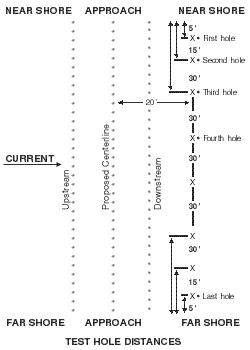To complete this assignment successfully, you should:
Use the article, "Ice Bridging" to complete the exercises below.

E-mail Greg Larkin at
Gregory.Larkin@nau.edu
or call (520) 523-4911
Copyright 1998
Northern Arizona University
ALL RIGHTS RESERVED